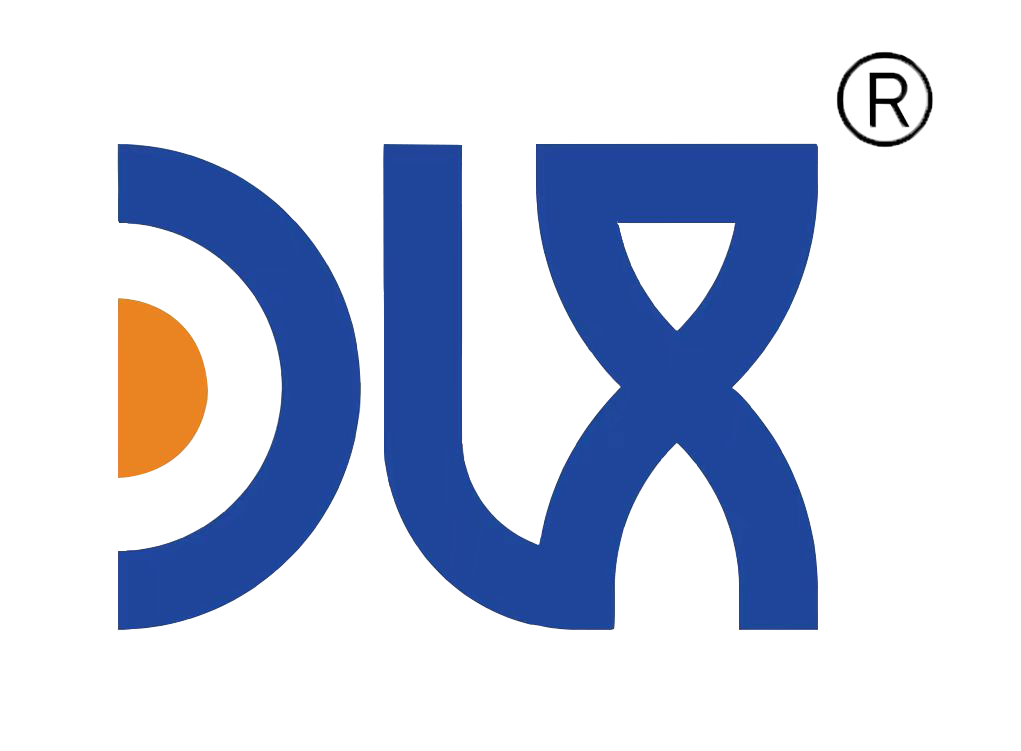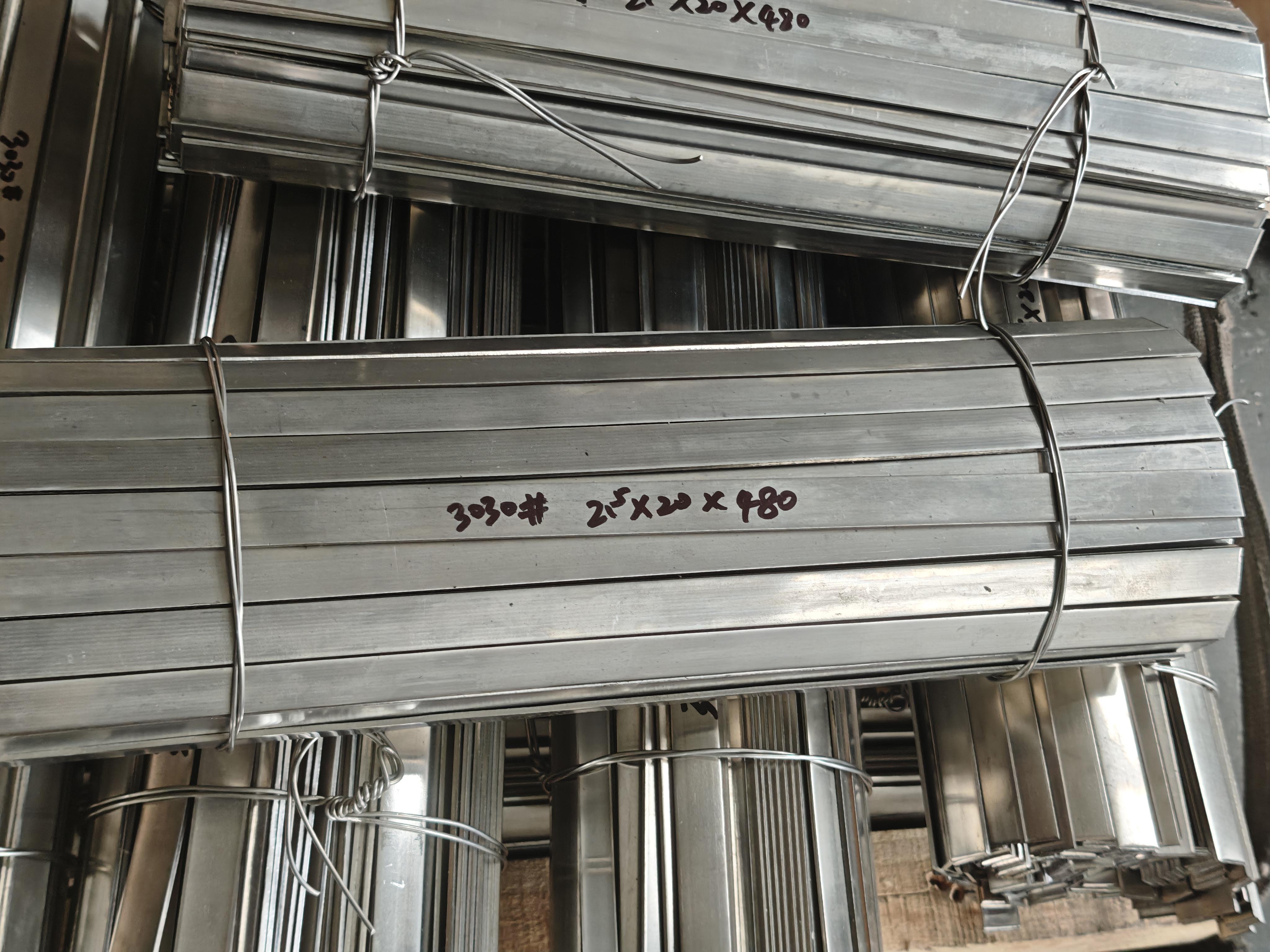Unlock DLX Factory's latest push into global markets with Inconel 718 superalloys and durable Resistance wire s. Explore compositions, property comparisons, aerospace to heating apps, and 2025 trends in China's booming high-temp sector.
Straight to the point – here at DLX Factory, China's powerhouse in high-temperature alloys, we're cranking up our global game with Inconel 718 and our lineup of resistance wire products. As suppliers hitting every corner from North America to Europe, we've seen demand skyrocket for materials that don't just survive the heat but thrive in it. Inconel 718, our age-hardening champ, is locking down aerospace deals, while our NiCr and FeCrAl resistance wires are the unsung heroes keeping industrial heaters and kilns humming without a hitch. This expansion isn't hype; it's backed by fresh production lines and partnerships that are shipping tons worldwide. In this rundown, we'll dissect the materials, drop a no-nonsense comparison table, spotlight real-deal applications, and forecast the 2025 trends that have us all geared up. We're talking shop-floor truths, not textbook fluff, to help you spec smarter for your next build.
Digging into the Materials: The Guts of Inconel 718 and Resistance Wires
Let's kick off with what makes these bad boys tick, straight from our DLX melt shops. We've been fine-tuning these alloys for years, balancing strength, heat tolerance, and that elusive cost sweet spot.
Inconel 718 leads the pack as our go-to nickel-based superalloy, engineered for the extremes. It's got a killer mix: nickel at 50-55% for that core corrosion armor, chromium 17-21% to slam the door on oxidation, and iron balancing it out for stability. Then come the strength boosters – niobium 4.75-5.5% and molybdenum 2.8-3.3% team up for precipitation hardening, while titanium 0.65-1.15% and aluminum 0.2-0.8% add the age-hardening magic. Traces of copper and zinc keep it weldable without cracking under stress. This blend shines from cryogenic chills (-253°C) to blistering highs (700°C continuous), with creep-rupture strength that laughs off long-term loads. Mechanically, it's a beast: room-temp yield around 1,035 MPa after aging, tensile up to 1,275 MPa, and elongation 12-20% for decent formability. We've heat-treated it via solution anneal at 980°C followed by double aging (720°C then 620°C), yielding parts that hold shape in jet blasts. Corrosion? Top-tier against sulfides, chlorides, and even seawater – no pitting surprises.
Shifting gears to resistance wires, our NiCr and FeCrAl variants are the workhorses for electrical heating. NiCr 80/20 is straightforward muscle: 80% nickel, 20% chromium, with a smidge of iron and manganese for ductility. It clocks electrical resistivity at 1.08-1.10 μΩ·m, ramping heat fast with low thermal conductivity (15 W/m·K) to focus the fire where you need it. Oxidation resistance holds to 1,150-1,250°C, forming a stable chromia layer that doesn't spall. It's softer too – yield 200-400 MPa, tensile 600-800 MPa – making it a breeze to draw into coils or ribbons without snapping. At DLX, we swear by it for consistent performance in fluctuating temps.
FeCrAl steps it up for the hottest gigs: iron as the base (72-80%), chromium 20-25% for scale adhesion, and aluminum 4-6% creating that unbeatable alumina barrier. Resistivity jumps to 1.35-1.45 μΩ·m, density dips to 7.1-7.25 g/cm³ for lighter loads, and max service hits 1,400°C. It's a tad brittle cold (elongation 15-25%), but hot? Tensile 500-700 MPa, yield 300-500 MPa, and it shrugs off sulfidation better than NiCr. The aluminum oxide grows thin and tight, extending life in air or steam. We've optimized grades like our high-al variants for even better creep at 1,200°C+, cutting replacement cycles in half for clients.
In a nutshell, Inconel 718 is your structural powerhouse for dynamic stresses, while resistance wires like NiCr and FeCrAl deliver targeted heat with efficiency. We've poured R&D into purer melts to boost these traits, ensuring every spool or bar from DLX exceeds specs.
Eyeballing the Differences: DLX Comparison Table
Why guess when you can glance? We've crunched our lab data into this table, pitting Inconel 718 against NiCr 80/20 and FeCrAl. It's your quick-reference for picking winners based on your setup – from strength needs to heat thresholds.
| Parameter | DLX Inconel 718 | DLX NiCr 80/20 | DLX FeCrAl |
|---|---|---|---|
| Chemical Composition | |||
| Nickel (Ni) | 50-55% | 80% | Trace |
| Chromium (Cr) | 17-21% | 20% | 20-25% |
| Iron (Fe) | Balance | Trace | 72-80% |
| Aluminum (Al) | 0.2-0.8% | - | 4-6% |
| Niobium (Nb) + Molybdenum (Mo) | 4.75-5.5% + 2.8-3.3% | - | - |
| Mechanical Properties (Annealed/Aged) | |||
| Yield Strength (RT) | ≥1,035 MPa (aged) | 200-400 MPa | 300-500 MPa |
| Tensile Strength (RT) | 1,275 MPa (aged) | 600-800 MPa | 500-700 MPa |
| Elongation (RT) | 12-20% | 20-30% | 15-25% |
| Physical Properties | |||
| Density (g/cm³) | 8.19 | 8.30 | 7.10-7.25 |
| Melting Range (°C) | 1,260-1,330 | 1,400 | 1,500 |
| Thermal Conductivity (20°C, W/m·K) | 11.4 | 15.0 | 11-13 |
| Electrical Resistivity (μΩ·m) | 1.28 | 1.08-1.10 | 1.35-1.45 |
| Service Temperature | -253 to 700°C (continuous) | Up to 1,150-1,250°C | Up to 1,400°C |
| Key Strength | Creep-rupture to 700°C | Ductile heating stability | Superior oxidation at extremes |
Spot the trade-offs? Inconel 718 dominates mechanicals for load-bearing, but resistance wires own the electrical and temp game. Swing by DLX for tailored grades – we adjust on the fly.
Hitting the Ground Running: Applications That Drive Demand
These materials aren't shelf queens; they're out there making things happen. At DLX, our Inconel 718 shipments are fueling aerospace booms – think turbine blades and discs in jet engines, where 700°C cycles demand zero fatigue. We've supplied rocket motor casings for space launches, holding pressures without a whisper of creep, and oilfield subs in sour wells, resisting H2S corrosion that eats lesser metals. One European client slotted our bars into gas turbine shafts, boosting run times 25% and slashing fuel costs. Chemical reactors and cryogenic tanks round it out – versatile stuff that welds like a dream.
Resistance wires? They're the heat behind the scenes. NiCr coils power industrial furnaces, from steel annealing to glass melting, dishing even temps up to 1,200°C without hotspots. In consumer gear, it's the guts of toasters, hair dryers, and medical sterilizers – reliable, recyclable, and quick to heat. We've wired up automotive exhaust sensors and plastic extruders, where ductility means easy installs in tight spots. FeCrAl takes the scorchers: ceramic kilns at 1,400°C, catalytic converters oxidizing pollutants, and lab muffle furnaces for R&D burns. A U.S. partner in solar tech used our FeCrAl ribbons in CSP heliostats, enduring desert heat waves with 50% longer life than alternatives. Forms run the gamut – fine wires for precision, flat strips for elements – all from DLX's coils that ship ready to uncoil into action.
Bottom line: Inconel 718 tackles motion and corrosion; resistance wires own stationary heat. Our global expansion means faster delivery to your door, cutting lead times for these apps.
Riding the Wave: 2025 Industry Trends and DLX's Global Play
Peering ahead, the high-temp alloys arena is red-hot, and DLX Factory is riding shotgun on the expansion. Globally, the market's pegged at $22.3 billion in 2025, barreling to $51.8 billion by 2035 at a 8.9% CAGR – all thanks to aero-electric hybrids and green energy surges. China's slice? A massive 42% share, with domestic demand cooking at 9.8% CAGR through 2030, fueled by EV battery tech and hydrogen infrastructure. We're leaning in hard: new facilities in Shanghai ramping Inconel 718 output 30%, and resistance wire lines hitting EU and U.S. ports weekly.
Trends scream sustainability – recycled nickel in our melts now at 45%, slashing carbon footprints for aero clients chasing net-zero. Additive manufacturing's exploding: 3D-printed Inconel 718 parts for custom turbine vanes, cutting waste 40%. Resistance wires are going smart – embedded sensors in FeCrAl for IoT-monitored heaters, predicting failures in real-time. Aerospace leads with 35% market pull, demanding lighter, hotter alloys for hypersonic flights. Energy's next: CCS plants and molten-salt reactors gobbling FeCrAl for 900°C+ durability. Challenges? Raw niobium squeezes from supply chains, but DLX's vertical integration – from ore to forge – keeps us buffered.
By 2025's end, expect hybrid alloys blending Inconel traits with resistance efficiency for EV thermal runs. We're investing $50M in R&D for oxidation tweaks, eyeing 15% cost trims. Global expansion? It's real – new distributors in Brazil and India, certifications for FAA and ISO that open floodgates. If you're in power gen or manufacturing, 2025's trends are your cue to stock DLX: reliable supply amid the boom.
DLX Factory: Your Partner in High-Heat Domination
There it is – DLX Factory's blueprint for conquering globals with Inconel 718's might and resistance wires' reliability. From compositions that defy limits to apps reshaping industries, we're not just supplying; we're scaling your success in a $22B+ market set to double down. Our table shows the edges, trends map the path, and our door's open for custom runs. In the world of high temps, DLX doesn't melt under pressure – we forge ahead.

